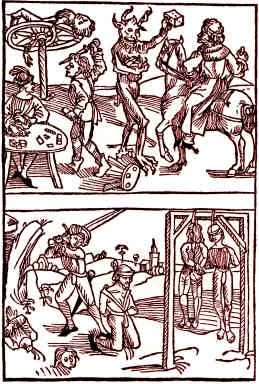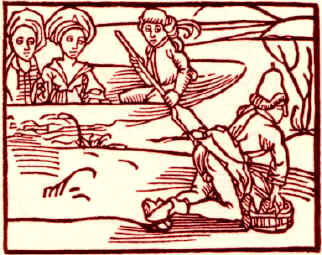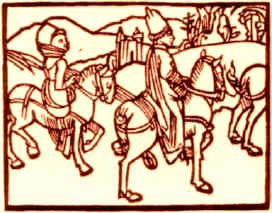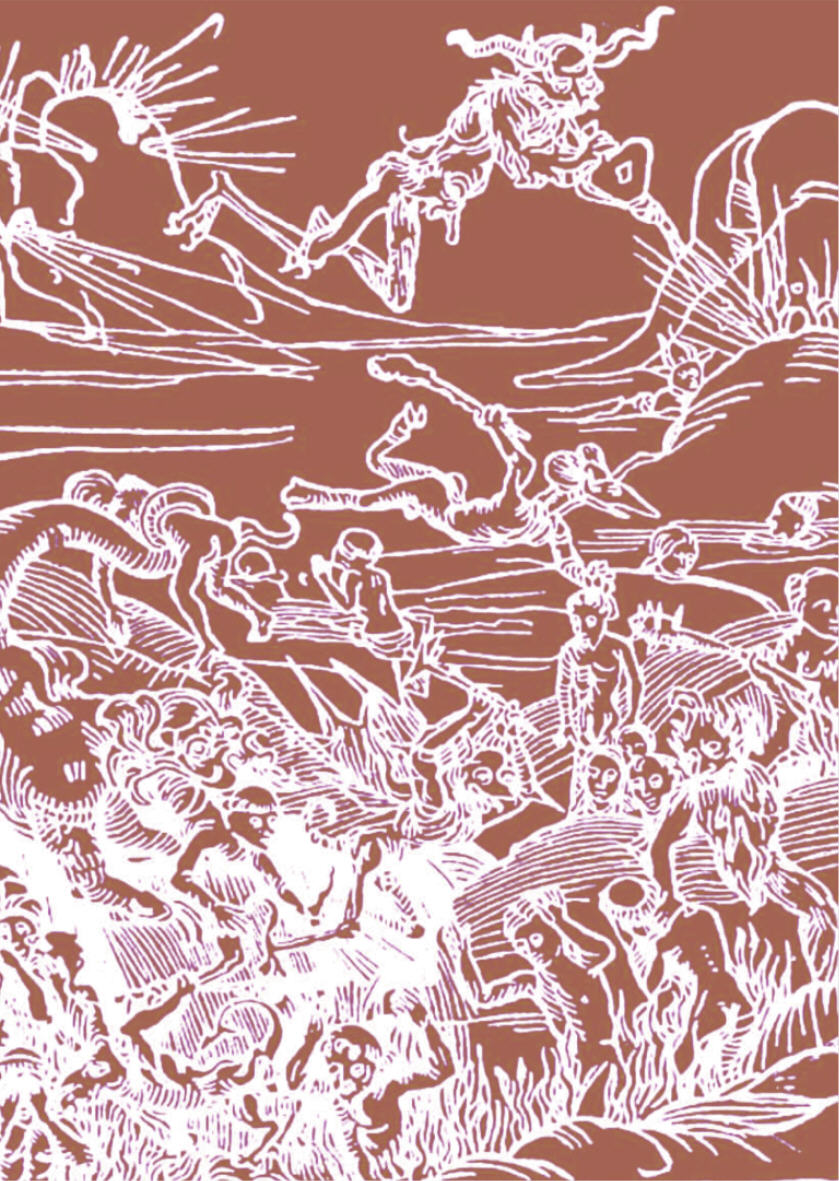
Sedayne : Hinterlands - Notes
i) In many ways Hinterlands is phase two of Hometime, a work which Ben Watson described as being '...sonically immersive, anxiously Celtic but guaranteed devoid of romantic bullshit...'. Sonically immersive? Well let's certainly hope so. Anxiously Celtic - maybe not: whilst both Hinterlands & Hometime are strongly informed by the traditional musics of the Indo-European cultural continuum (which must, out of necessity, include the Celtic lands) there is nothing overtly 'folksy' about either. That said, I can't personally guarantee their being entirely lacking in romantic bullshit: in the juxtapositioning of crwth, bodhran & accordion, for example (as I do in Equinox) there emerges a traditional resonance somewhat akin to 'folk music', but only in as much as (no matter how rough it might sound) it sure as hell ain't no horse playing it.
ii) Each piece here evolves as the consequence of an impulse; a wandering, by way of pure existential experience & improvisation, bringing together the various instrumental colours & voices into a composed whole however seemingly disparate certain of these might at first appear. The citera & the pocket trumpet for example, which I first played together in real time on The Chapters Session, suggested themselves as a likely pairing. In the event I needed a suitable interface, for which purpose one of Rachel's antique accordions proved ideal. What emerges are several 'virtual ensemble' pieces, for thus were they conceived & really should be heard as such. Try and imagine the Ensemble Sedayne, perhaps Eleanor's Visceral Tomb themselves, a communal unit, living & breathing this music, as recorded in the Lady Chapel of the Small Palace on the dark and golden days of autumn.
iii) As with Hometime, several of the Hinterlands pieces are based on the bamboo flutes, gongs & percussion instrumentation first evolved around 1978 on the original Stones and Trees of the Small Palace sessions & revisited several times since (see Stones & Trees for more on this). Many of these flutes are the originals constructed between 1978-83, & their unique voices will be at once familiar to anyone who has listened to my music over the last 25 years or so. I did go so far as to making a new flute especially for Hinterlands - a four foot long cross-blown bamboo flute with two finger holes; this I made in the traditional manner, heating a poker red hot in our coal fire to burn the holes. The resulting fragrance provides the olfactory inspiration essential to the realisation of such a music; ceremonial to the onset of glad winter it weaves afresh in its constancy. The crwth looms large too; Hinterlands originally being planned to be part of The Autumn Series, but it soon took on a life & identity of its own.

iv) Extraneous & Incidental Sounds: Eschewing the suffocating luxury of a studio, I generally record on location with any number of possible recording devices - in this case the actual location was both the front room and kitchen of our home in the rural hinterlands of County Durham. Likewise eschewing the suffocating luxury of UPVC double glazed window units, this means the large diaphragm condenser microphones pick up the birds pecking at the feeders stuck our single-glazed windows, & the rural traffic of tractors, combine harvesters & horses. The knocking of the delivery man with our tumble drier brought to a somewhat abrupt end the initial crwth improvisation that formed the basis of Hex: Winter (The Eternal Lamentation of the Damned) (this piece features in a simpler form of crwth / bodhran & melodica as the soundtrack for the film Hex: Winter (September 2005) which we can supply on a DVD-R - if interested, please contact: films@sedayne.co.uk ) & our 'birds of America' (!?) alarm clock can be heard in a couple of places too. Editing out the physical process of music performance has become less important to me over the years; this is as ceremonial as any act of 'closure' can be.
v) Note for Strawbs fans: I was maybe ten or eleven in 1972 when Grave New World was released; there was a copy in the house and I became mesmerised by the songs largely as a consequence of the engravings that illustrated them in the lyric book. Some five years later, in 1977, the Strawbs long since put away with most other childish things, I discovered the source of the Grave New World lyric book engravings in The Complete Woodcuts of Albrecht Durer (Dover 1963) and entered afresh the landscapes so fondly remembered from my childhood. Recently, I picked up a copy of the CD re-issue of Grave New World for a couple of quid in a sale (nostalgia being the merciless beast that it is) and to my utter dismay there were no Durer woodcuts, without which the songs were essentially meaningless. My immediately response to this sorry state of affairs was to think about a music which could use certain of the Durer woodcuts by way of illumination, and in mid October 2005 the material I was recording for Hinterlands suggested itself as a likely candidate.
vi) How I related the Durer woodcuts to the landscapes of my Northumbrian childhood is consequent, no doubt, on a deeper yearning which I had no other way of experiencing at the time. As Camus said (as quoted on the cover of Scott 3): 'A man's work is nothing but this slow trek to discover through the detours of his art, those two or three great and simple images in whose presence his heart first opened.' Taking this literally, I've taken two or three of Durer's woodcuts and used them to illustrate a music which is in effect a slow trek through the lost & familiar landscapes in the presence of which, no doubt, my heart first opened: Hinterlands emerges from these landscapes, both rural & industrial, though over the years most of these have changed, or else vanished altogether, becoming both post-rural & post-industrial, or worst of all, smoothed over by the onset of municipal blandness that seems to be central policy in regard to any given area of beauty and character.

vii) During the recording of Hinterlands I received news of the passing of Glen Sweeney, drummer & driving force behind the Third Ear Band whose music has been a constant source of wonder & fascination since I first heard Alchemy during the summer of my fourteenth birthday. The connection was as instant as their influence was inevitable. I therefore dedicate Hinterlands to Glen Sweeney & to a music wherein '...each piece is alike or as unalike as trees, grass or crickets...'
Again I quote Camus: A man's work is nothing but this slow trek to discover through the detours of his art, those two or three great and simple images in whose presence his heart first opened...
comments welcome, as ever: hinterlands@sedayne.co.uk
